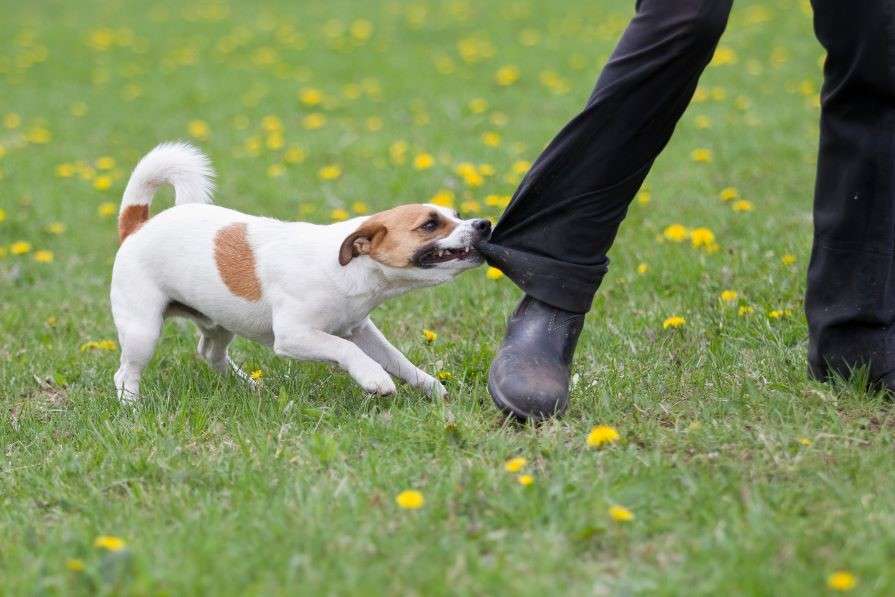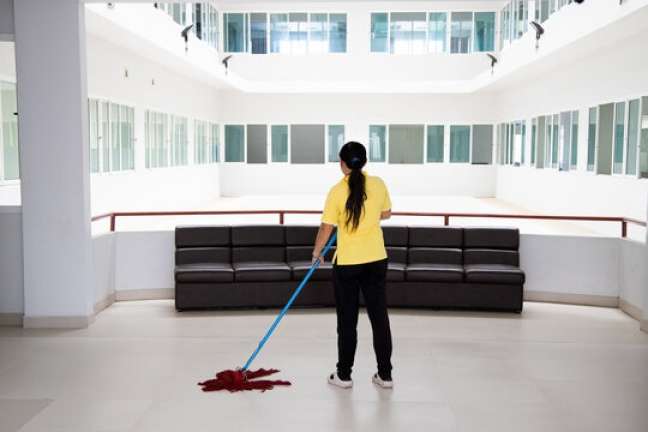Schools, and educational institutions in general, face a range of problems when it comes to ensuring the security and safety of their students. Social problems, physical dangers, and mental health are all things that the school needs to look out for. When you have so many children from so many different backgrounds coming together, there are bound to be conflicts and tensions between different groups and individuals.
Moreover, school is a place where children are away from their primary caregivers and are free to do whatever they want, as long as they don’t get caught. Even if they aren’t up to something within the school itself, they may well be using going to school as an excuse to indulge in other activities.
Due to the wide range of problems, there is no single strategy that can be effectively used to tackle all these challenges. Here are some of the most effective methods schools can employ to improve student security at all levels.
Training
The first line of defense is good training. Educating the children in academic subjects is one matter, but teaching them how to be good participants in the social setting of a school is a different challenge altogether.
This requires working on the social principles, beliefs, norms, and values of the children. The school management acts as a socializing agent for the children. It is critical to teach children, at a young age, about the things that they should and shouldn’t do. This education will play a big role in the way the children behave both inside and outside school. This could be as simple as teachers instilling core values when they teach something as specific as proper social training classes to teach children about correct and appropriate behaviors.
Security
In recent times the physical security of children has also become a major concern. There are countless cases of violence in schools, drug abuse problems, reckless behavior, vandalism, and all kinds of other problems that compromise the physical security of children.
Schools can invest in the right technology and hardware to monitor and protect their children. Necessary equipment such as fire extinguishers, vape detector for schools, security systems, CCTV cameras, and even metal detectors should be used. Just having these systems in place can be an excellent deterrent for those with ill intentions. If that something does go wrong, it will be much easier to handle the situation with the aid of these devices.
Culture
Once the school has instilled a basic set of principles, shared values, and norms in the children, they can take the next step to create a strong culture in the school community. A culture of open communication, truthfulness, respect, and discipline. A culture helps to keep everyone within a defined framework and also makes it easier to spot non-compliance. Sometimes training is not effective at all and some children just aren’t suitable for a particular environment. It would be very difficult to get 100% compliance from each batch every time. A healthy culture will help keep things balanced for the vast majority.
Regulations
Schools need to find the right balance between rewards and punishments. Taking an excessive approach to either of the two would produce negative results. From the very first day, schools need to have a very clear and defined set of rules and regulations that the children are expected to adhere to. For children that meet and exceed these expectations, there are rewards, and for others who do not want to comply, there are punishments.
How these regulations and their consequences are implemented will depend on the situation at hand. This will also help to let parents know what the school requires and it will make it easier for them to understand when their child is behaving appropriately and when he or she isn’t.
Educate Facilitators
The school management has limited access to the students directly. Rather, it is people such as teachers, teaching assistants, and ground staff that are constantly interacting with children. Training these professionals in detecting problems and tackling these issues wherever they see them will be a valuable investment.
Situations that compromise the security and the safety of children are not just one-off occurrences that have an impact right then and there. Rather, they have a much longer-lasting impact on both the children and the school. Any unfortunate event that takes place will damage the school’s reputation and will be something that will stick with the impressionable children for many years to come, if not the rest of their lives. Protecting children from these problems is in the best interest of the school and is the best strategy to ensure the long-term wellbeing of the students.
Read Also: How to Choose a School Your Child Will Like?
















